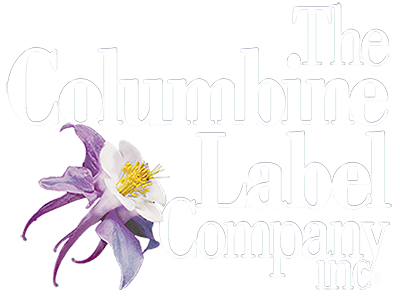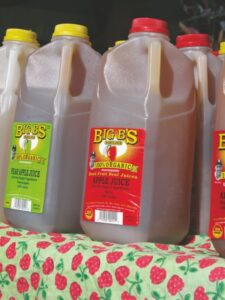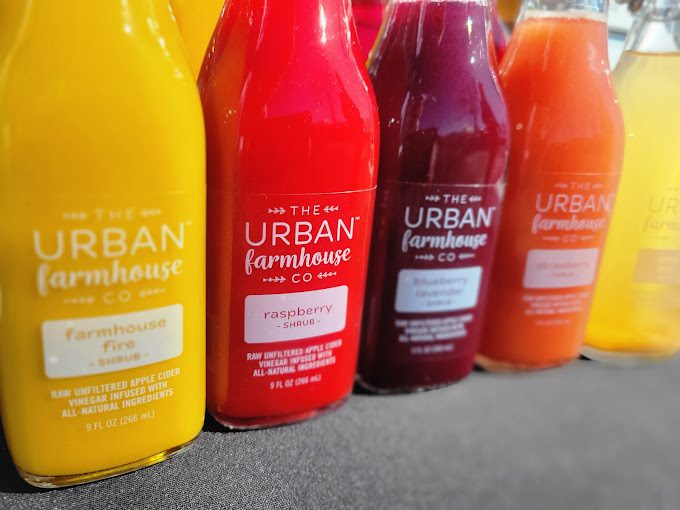In the world of packaging, choosing the right container and labeling method can significantly impact a product’s aesthetics, functionality, and overall appeal. When it comes to beverage packaging, two popular options are plastic bottles and glass bottles. Each has its unique advantages and disadvantages, particularly when it comes to labeling. Furthermore, the use of hot fill liquids adds another layer of complexity to consider. In this blog post, we will explore the differences between plastic and glass bottle labeling.
Advantages of Plastic Bottle Labeling
Plastic bottles offer several advantages when it comes to labeling. Firstly, they are lightweight and durable, making them ideal for transportation and reducing the risk of breakage during handling. Plastic bottles also provide a wide range of design possibilities, allowing for unique shapes and sizes, which can enhance branding and shelf appeal. Plastic bottles are readily available and a cheaper option when compared to their glass counterparts. Juice manufacturers and tea manufacturers are two groups that commonly use plastic bottles for their products. In terms of labeling, plastic bottles can easily accommodate pressure-sensitive labels, or shrink sleeves offering flexibility in design and application.
Disadvantages of Plastic Bottles
One major drawback of plastic bottles is their susceptibility to expansion and contraction with temperature changes, particularly when filled with hot liquids. This expansion and contraction can cause label wrinkling, bubbling, or peeling, leading to an unappealing appearance. To mitigate this issue, special label materials and adhesives that can withstand hot-fill processes are required. However, even with these precautions, it can be challenging to achieve perfect label adhesion and appearance with hot-fill plastic bottles.
Advantages of Glass Bottle Labeling
Glass bottles have long been associated with a premium and high-quality image. They offer a luxurious feel and excellent product visibility, allowing consumers to see the contents inside. Glass containers provide a stable and rigid surface for labeling, making them ideal for pressure-sensitive labels and shrink sleeves. Glass bottles are typical for spirits manufacturers, sauce manufacturers, and dressing manufacturers. More examples of beverage labels – particularly on glass bottles can be seen on our beverage labels page. The labels adhere well to the surface, resulting in a polished and professional appearance.
Disadvantages of Glass Bottles
While glass bottles offer many advantages, they also have some drawbacks when it comes to labeling. Glass is heavier and more fragile than plastic, making it more prone to breakage during transportation. Additionally, glass bottles can be more expensive to produce, impacting overall packaging costs. Furthermore, glass bottles have many imperfections on the surface, this can cause labels to apply unevenly or bubble with out fine tuning of a label applicator.
Hot Fill Liquids and Labeling Challenges
When hot fill liquids, such as beverages, are filled into bottles, they undergo a temperature change during the cooling process. This change can cause expansion and contraction in both plastic and glass bottles, impacting label adhesion and appearance. Plastic containers, in particular, are more susceptible to these temperature-induced changes, leading to potential label problems like wrinkling, bubbling, or peeling. In contrast, glass bottles offer better stability and resistance to temperature variations, resulting in less impact on label quality.
Choosing the right bottle and labeling method is crucial for product presentation and brand image. Plastic bottles offer versatility and durability, while glass bottles exude a premium feel. However, when it comes to labeling, hot fill liquids pose challenges for both bottle types. Plastic bottles require special label materials and adhesives to withstand expansion and contraction, while glass bottles provide more stability. Ultimately, it’s important for manufacturers to consider these factors and select the most suitable packaging and labeling approach to ensure a visually appealing and high-quality end product.




